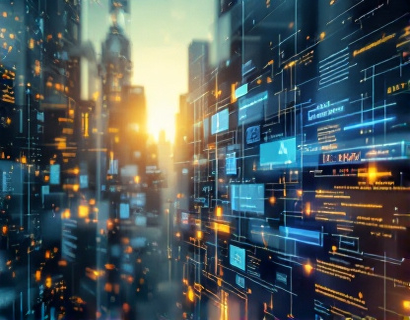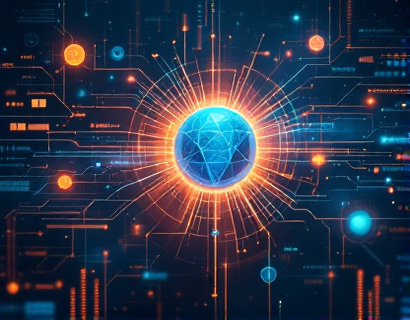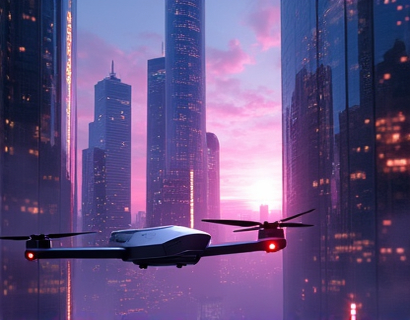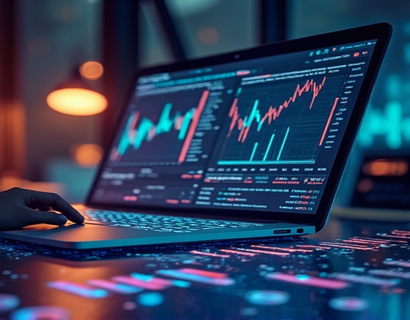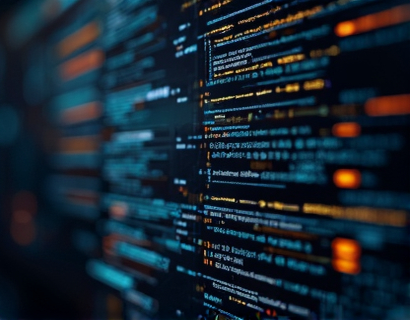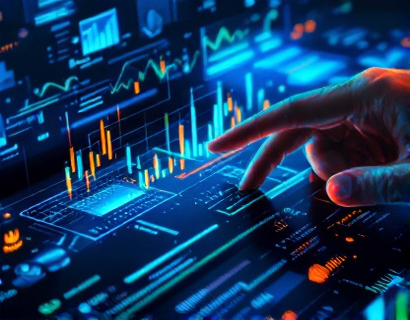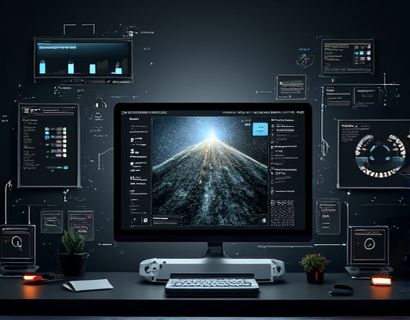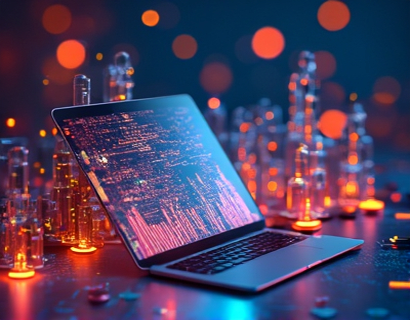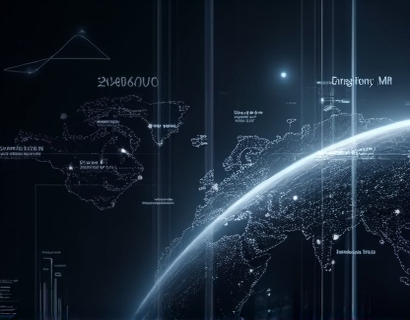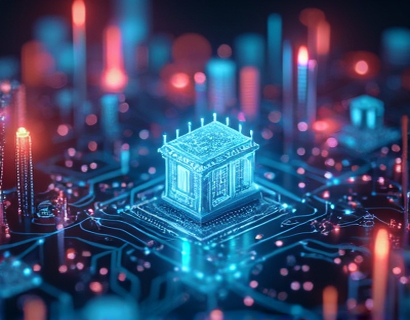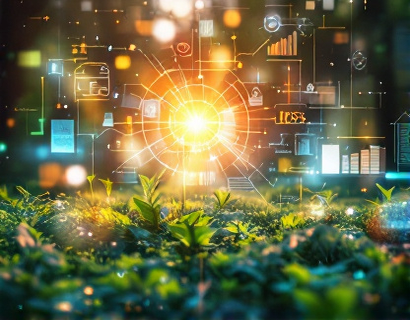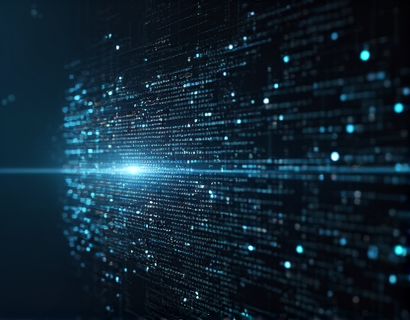Empowering Aquaponics Businesses: Innovative Software for Optimal Management and Sustainability
In the rapidly evolving world of sustainable agriculture, aquaponics stands out as a promising method that combines aquaculture and hydroponics to create a symbiotic environment for fish and plants. As the demand for sustainable food production grows, aquaponics businesses are seeking innovative solutions to optimize their operations and minimize environmental impact. This article delves into the role of advanced software in transforming aquaponics management, focusing on how technology can enhance productivity, ensure optimal system conditions, and promote sustainability.
The Importance of Software in Aquaponics
Aquaponics systems are complex, involving the interplay of water quality, temperature, pH levels, and nutrient management. Effective management of these parameters is crucial for the health and productivity of both fish and plants. Traditional methods of monitoring and controlling these factors can be time-consuming and prone to human error. Innovative software solutions are designed to address these challenges by providing real-time data, automated controls, and comprehensive analytics. These tools empower aquaponics businesses to maintain optimal conditions, reduce resource consumption, and increase yields.
Key Features of Advanced Aquaponics Software
Modern aquaponics software platforms offer a range of features that cater to the specific needs of aquaponics operations. Some of the key functionalities include:
- Real-time Monitoring: Continuous tracking of water parameters such as pH, temperature, dissolved oxygen, and nutrient levels. This ensures that any deviations from optimal conditions are detected and addressed promptly.
- Automated Controls: Integration with hardware devices to automatically adjust system parameters. For example, the software can control pumps, aerators, and dosing systems to maintain ideal conditions without manual intervention.
- Data Analytics: Comprehensive reporting and analytics tools that provide insights into system performance, growth rates, and resource usage. This data can be used to make informed decisions and optimize operations over time.
- Alerts and Notifications: Customizable alerts for critical parameters, ensuring that operators are immediately notified of any issues that require attention.
- Integration Capabilities: Compatibility with a wide range of hardware and third-party systems, allowing for a seamless and integrated management approach.
Enhancing System Efficiency
One of the primary benefits of using advanced software in aquaponics is the enhancement of system efficiency. By automating routine tasks and providing real-time data, businesses can reduce labor costs and improve operational efficiency. For instance, automated feeding systems can ensure that fish receive the right amount of food at the right times, reducing waste and promoting healthy growth. Similarly, automated nutrient dosing can prevent over- or under-fertilization, ensuring that plants receive the necessary nutrients without excess that could harm the system.
Moreover, the software can optimize energy usage by controlling lighting, heating, and cooling systems based on real-time data and predictive models. This not only reduces energy costs but also minimizes the carbon footprint of the operation, aligning with sustainability goals.
Promoting Sustainability
Sustainability is a core value in aquaponics, and innovative software plays a crucial role in achieving this. By providing precise control over system parameters, the software helps minimize resource consumption and waste production. For example, precise nutrient management ensures that excess nutrients are not released into the environment, reducing the risk of water pollution. Additionally, the software can help businesses implement best practices for water recycling and reuse, further enhancing sustainability.
Another significant aspect of sustainability is the reduction of chemical inputs. Advanced monitoring and control systems can help maintain water quality without the need for frequent chemical treatments, promoting a more natural and eco-friendly approach to aquaponics. This not only benefits the environment but also produces higher-quality fish and plants that are more appealing to consumers.
Case Studies and Success Stories
Several aquaponics businesses have successfully implemented advanced software solutions, leading to significant improvements in their operations. For instance, a medium-sized aquaponics farm in the United States reported a 30% increase in fish yield and a 25% reduction in energy consumption after integrating an advanced management software. The real-time monitoring and automated controls allowed the farm to maintain optimal conditions consistently, leading to healthier fish and more robust plant growth.
Another example is a community-based aquaponics project in a developing country that used open-source software to manage their systems. The project not only improved the efficiency of the aquaponics setup but also provided training and resources to local farmers, empowering them to adopt sustainable farming practices. The project's success highlights the potential of software to drive positive change in both developed and developing regions.
Challenges and Considerations
While the benefits of advanced software in aquaponics are clear, there are several challenges and considerations that businesses should be aware of. One of the primary challenges is the initial cost of implementing such systems. High-quality software and compatible hardware can be expensive, especially for small-scale operations. However, the long-term benefits in terms of increased efficiency and sustainability often justify the investment.
Another consideration is the need for technical expertise. Operating advanced software requires a certain level of knowledge and skills. Businesses may need to invest in training for their staff or partner with technical experts to ensure smooth implementation and ongoing support. Additionally, data security and privacy are important concerns, particularly when dealing with sensitive operational data.
Future Trends in Aquaponics Software
The field of aquaponics software is rapidly evolving, with several emerging trends that promise to further enhance the management and sustainability of aquaponics businesses. Some of these trends include:
- Artificial Intelligence and Machine Learning: AI and ML algorithms can analyze large datasets to predict system behavior, optimize operations, and identify potential issues before they become critical. This can lead to even more efficient and resilient aquaponics systems.
- Internet of Things (IoT): The integration of IoT devices can create a fully connected and intelligent aquaponics environment, where all components communicate and work together seamlessly. This can further enhance real-time monitoring and automated controls.
- Cloud-Based Solutions: Cloud computing allows for scalable and accessible software solutions, enabling businesses of all sizes to benefit from advanced management tools without the need for extensive local infrastructure.
- User-Friendly Interfaces: As the market grows, there is a increasing focus on developing software with intuitive and user-friendly interfaces, making it easier for operators with varying levels of technical expertise to manage their systems effectively.
Conclusion
Innovative software solutions are revolutionizing the way aquaponics businesses operate, offering powerful tools to enhance productivity, efficiency, and sustainability. By leveraging real-time monitoring, automated controls, and advanced analytics, aquaponics businesses can achieve optimal system conditions, reduce resource consumption, and produce high-quality fish and plants. As the industry continues to grow, the role of technology will become even more critical in addressing the challenges of sustainable food production. Embracing these advancements is not just a strategic move but a necessary step towards a more sustainable future in aquaponics and aquaculture.




